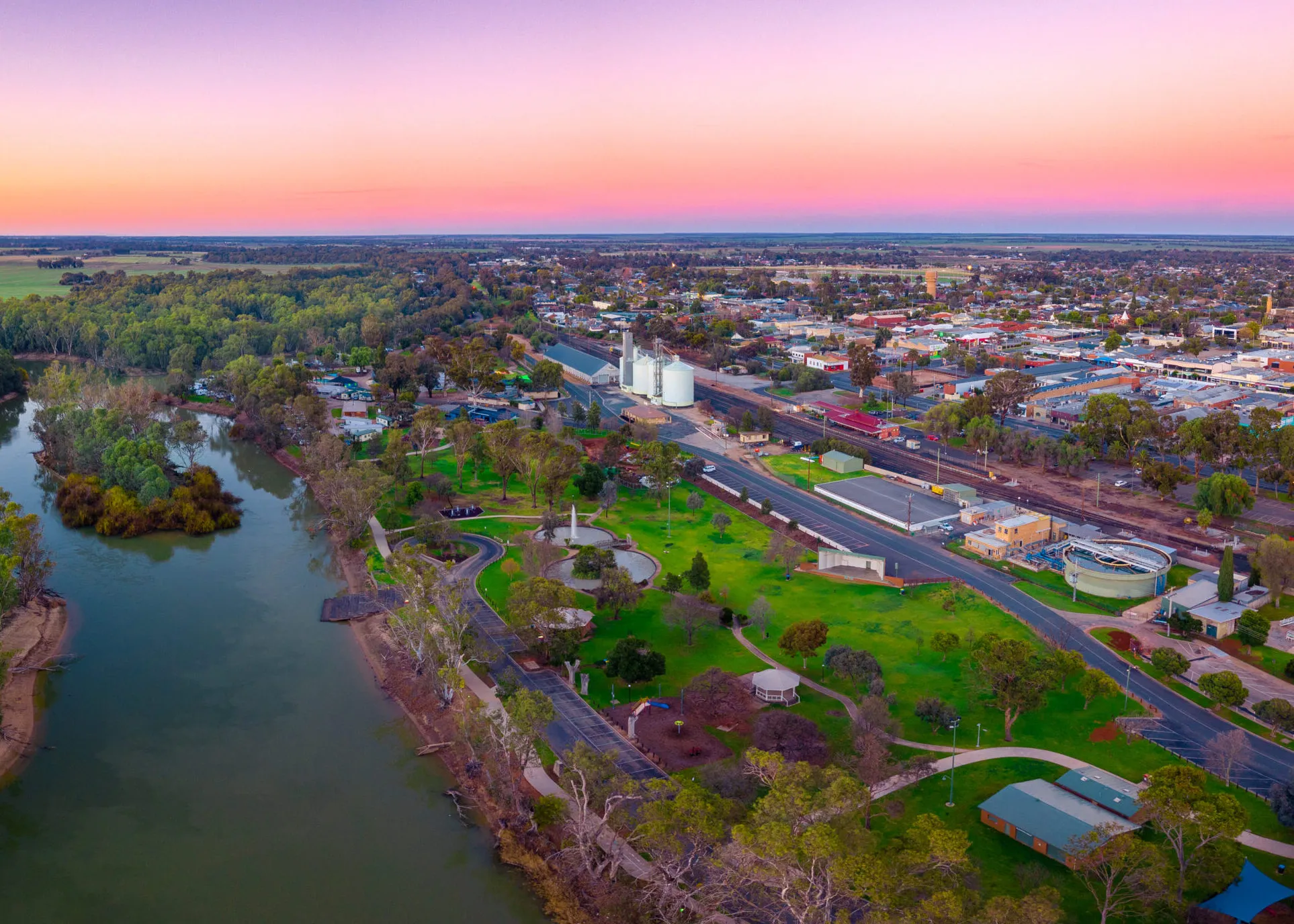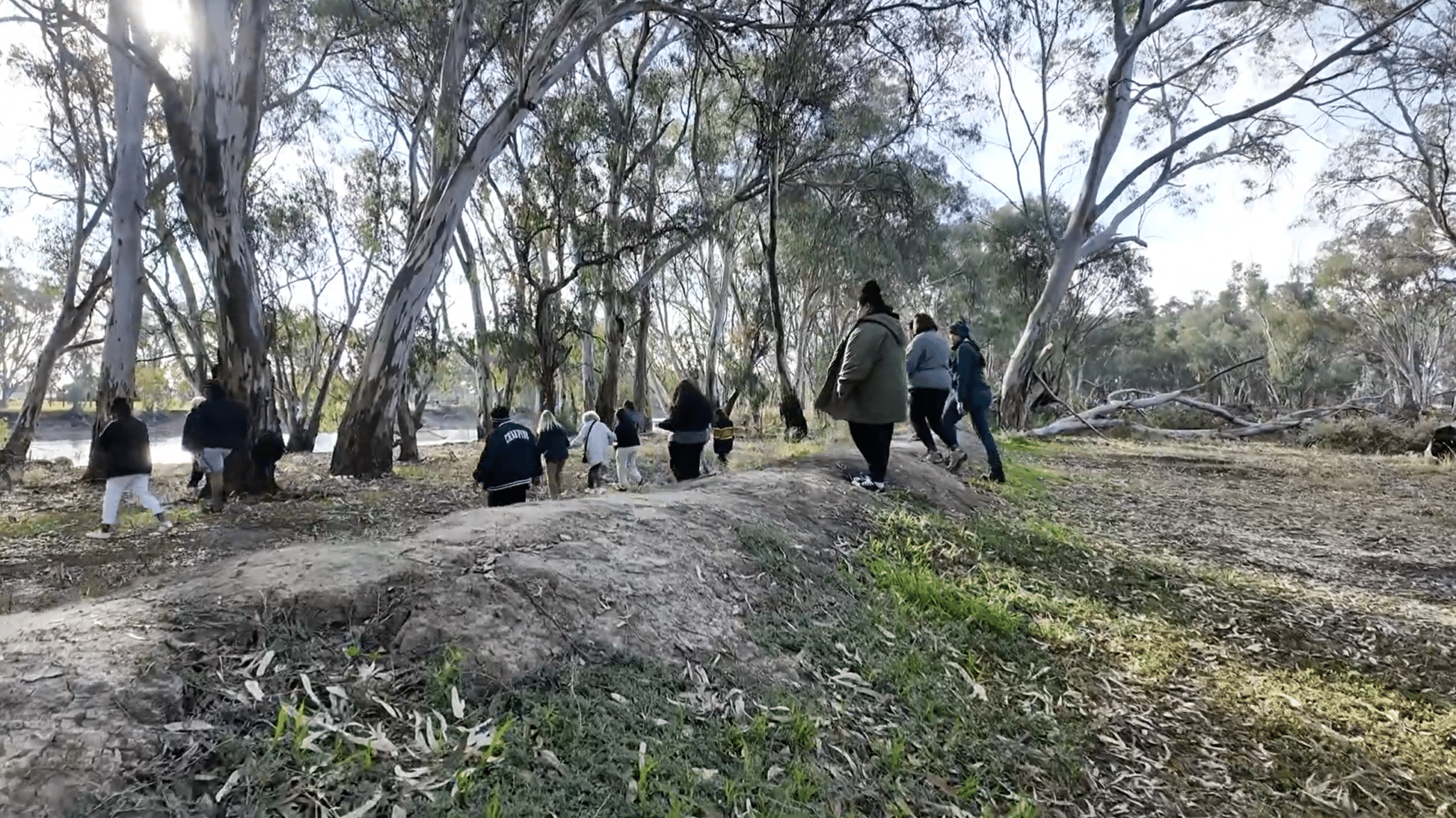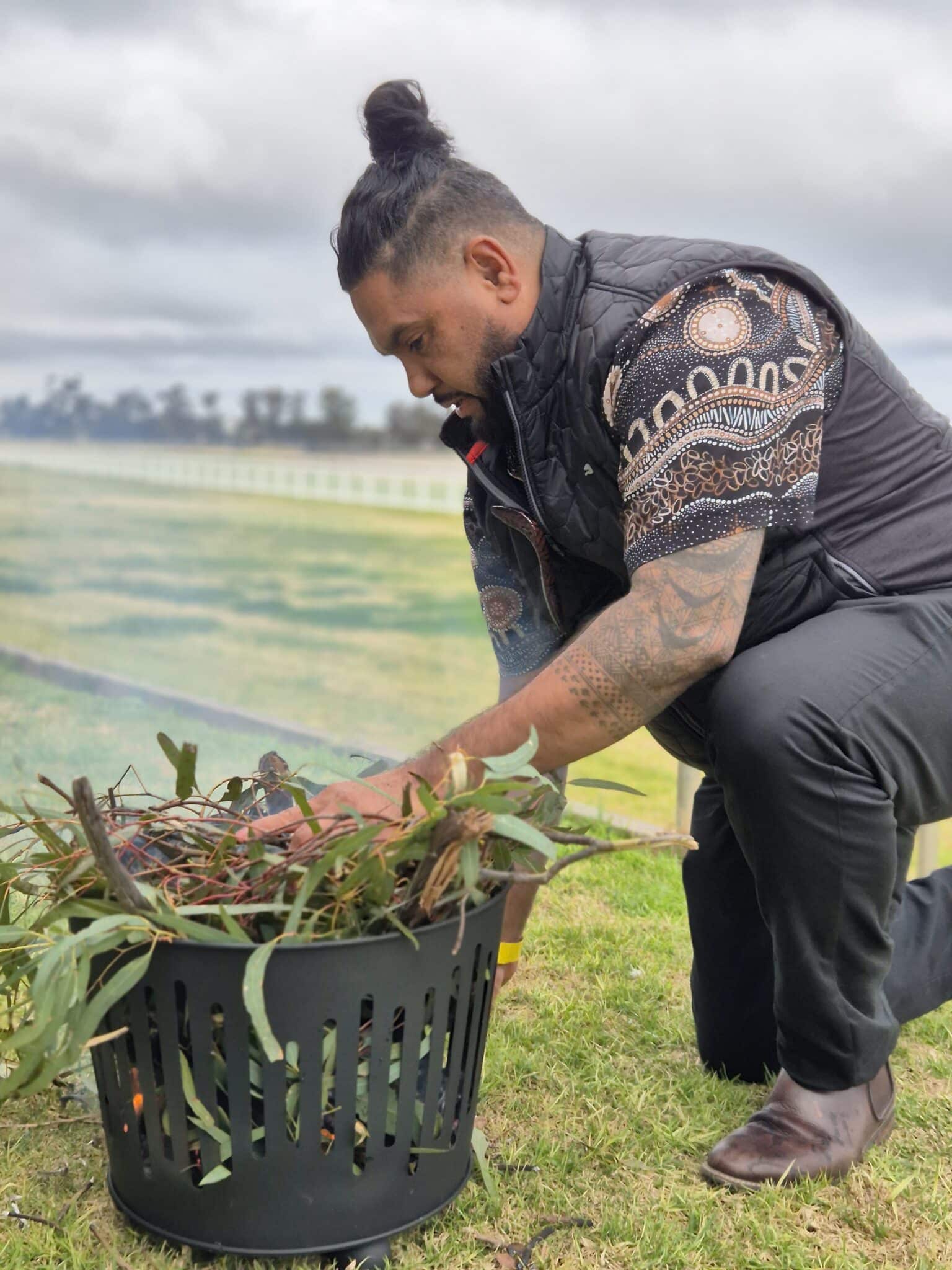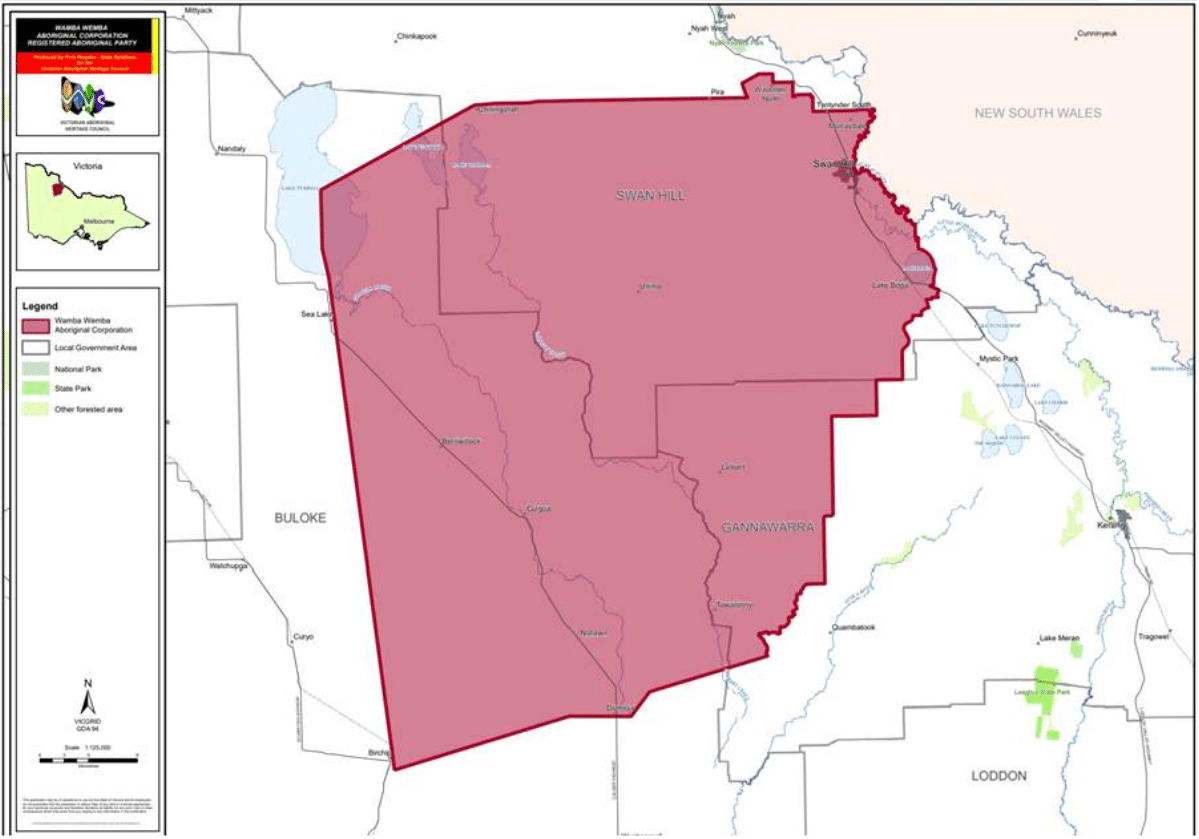Discover the Cultural Services the Wamba Wemba Aboriginal Corporation provide to the region.


A Welcome to Country is a sacred and vital ceremony for the Wamba Wemba people, and it holds deep cultural significance. Rooted in Traditional lore, this ceremony is an opportunity for all people, especially non-Indigenous Australians, to recognise and honour the enduring connection that Aboriginal communities have with the land. It is a reminder of the centuries-old traditions, stories, and practices that have shaped the identity of the Wamba Wemba people and many other Indigenous cultures across the country.
The Welcome to Country ceremony is led by Indigenous Elders or Traditional Owners, who are the custodians of the land. By inviting visitors into our territories, we offer a gesture of safe passage, reflecting the deep respect and responsibility that comes with looking after the land and its people. This ceremony serves not only as a warm greeting but also as a profound reminder of the cultural, spiritual, and historical connection that Indigenous Australians have to our country.
It is an essential practice that strengthens the understanding of shared histories and the importance of acknowledging the land’s of First Nations people.
The ceremony symbolises the continued presence of Indigenous cultures in Australia and promotes respect, recognition, and reconciliation between communities.
Since the time of our ancestors, we’ve been using Smoking Ceremonies as a vital and
sacred tradition to cleanse places and people of negative spirits. This ancient practice has been passed down through generations, holding a deep cultural significance. Smoking Ceremonies are conducted with great respect and are believed to purify both the land, and the individuals present, allowing for a harmonious connection with the natural world and the spiritual realm.
The smoke itself is created from burning a variety of native plants and herbs, each chosen for their properties and spiritual significance. This smoke is not just for cleansing; it’s also used to welcome guests, offer protection, and restore balance in the environment. It is a profound way of honouring the spirits of the land, ancestors, and the broader interconnectedness of all living things.
Through this practice, we seek to promote the wellbeing of our people, guests, and visitors on Country. It’s a way to ensure that those who step onto our land are embraced with positive energy, respect, and a sense of belonging. In this way, Smoking Ceremonies are not only a spiritual practice but also an act of hospitality, unity, and cultural preservation. They serve as a reminder of our deep connection to the land, our ancestors, and each other.
If you are interested in participating in or booking a Welcome to Country or Smoking
Ceremony, please contact the Wamba Wemba Aboriginal Corporation office. To ensure that the ceremony is thoughtfully arranged, we kindly request at least two months’ notice when booking any cultural ceremonies.

A CHMP is a report that outlines the assessment and outcome of a proposed high-impact activity within an area that’s sensitive to cultural heritage. It’s all about keeping Aboriginal cultural heritage safe by consulting with Traditional Owners to make sure developers and sponsors can avoid or minimise any harm.

According to the Aboriginal Heritage Act 2006 and the Aboriginal Heritage Regulations 2018, a CHMP is necessary when a ‘high-impact activity’ is planned within an area of ‘cultural heritage sensitivity’. So, what’s cultural sensitivity? It includes:
If you’re planning an activity in the Wamba Wemba RAP area, a CHMP is a must.
The cost of a CHMP assessment is determined by the size and scale of the proposed development area. A smaller area will generally require a less intensive assessment, as there is less land to survey and a lower likelihood of impacting cultural heritage places. Conversely, a larger development area typically demands a more comprehensive assessment, which may include broader field surveys, detailed consultation with Traditional Owners, and more robust strategies to manage any identified cultural heritage values. This approach ensures that the level of assessment is proportionate, appropriate, and respectful of Aboriginal cultural heritage.
To assess any proposed activity area, a field survey and excavation are done to understand what Aboriginal cultural heritage exists and how significant it is. This is an absolute requirement under the law.
This process helps the developer figure out what cultural heritage is in the area and how they can work with the RAP to avoid, minimise, or manage any potential harm to it. Without
this assessment, the developer could accidentally damage Aboriginal cultural heritage, which could land them in a bit of hot water with hefty penalties under the Aboriginal Heritage Act 2006.
If any Aboriginal cultural heritage is discovered during the CHMP process, the RAP will work closely with the sponsor to see if the development can be redesigned to avoid or minimise the damage. This keeps things within the housing density requirements and, more importantly, avoids the need for costly archaeological salvage programs to remove heritage material.
To clarify: Salvage programs are only required if developers choose to destroy Aboriginal cultural heritage instead of protecting it.